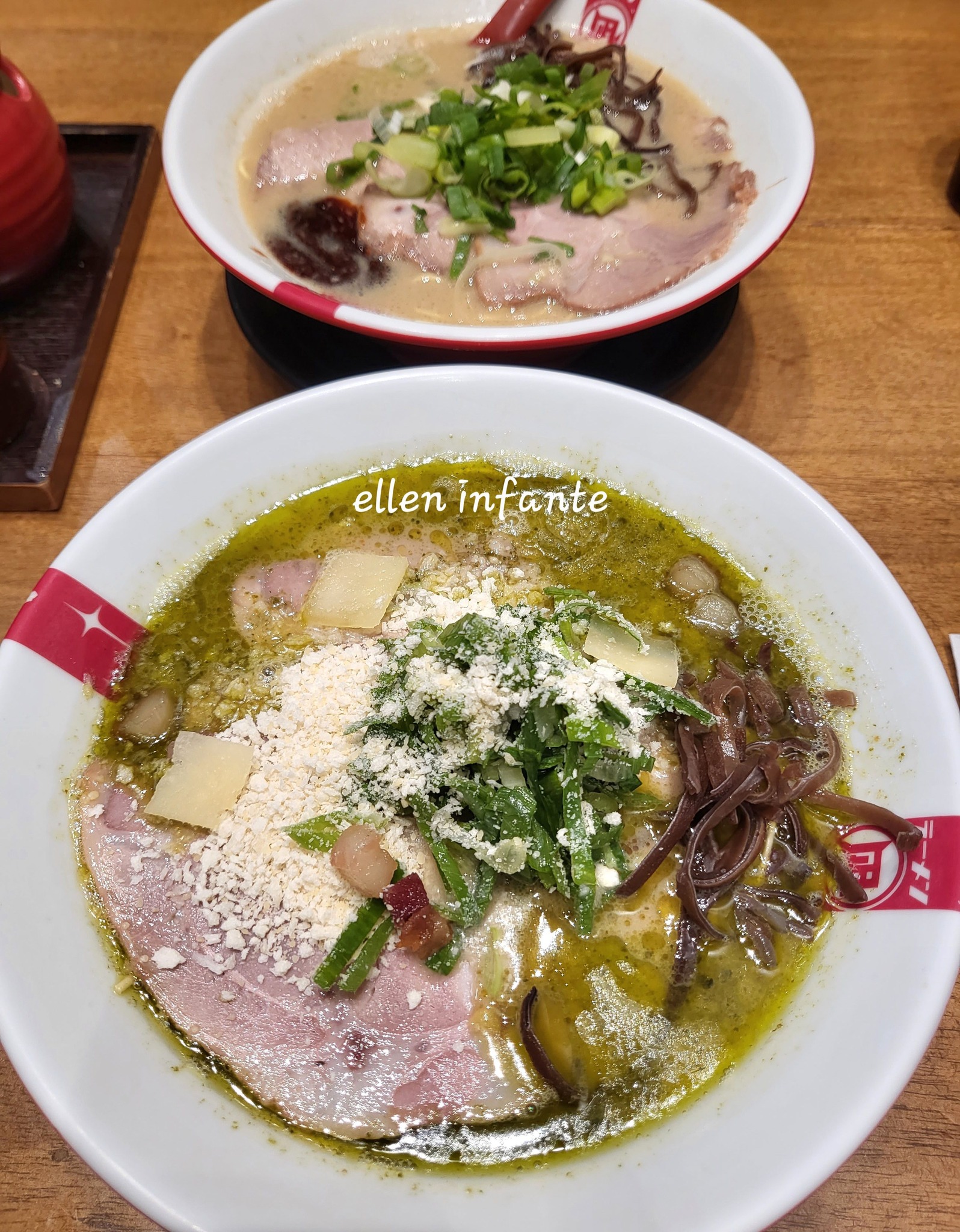ADVERTISEMENT
### Types of Ramen
Ramen is incredibly versatile, and there are several popular styles based on the flavor profile of the broth and regional variations. Some of the most well-known types include:
1. **Shoyu Ramen**: This soy sauce-based ramen has a deep, savory broth with a balance of saltiness and umami. It’s often topped with chashu, green onions, and a soft-boiled egg. It’s a classic and widely loved style of ramen.
2. **Shio Ramen**: This ramen uses a light, clear broth that’s typically made from chicken or seafood, and seasoned with salt. The result is a cleaner, lighter flavor, perfect for those who want a less heavy dish.
3. **Miso Ramen**: A rich and hearty ramen made with miso paste, which gives the broth a slightly sweet and tangy flavor. This style of ramen often includes corn, butter, and a variety of vegetables, making it a more comforting and filling option.
4. **Tonkotsu Ramen**: This is a rich, creamy broth made by simmering pork bones for many hours, resulting in a thick, milky broth. Tonkotsu ramen is known for its indulgent, velvety texture and deep pork flavor. It’s often topped with chashu, garlic, and green onions.
5. **Tsukemen (Dipping Ramen)**: This is a fun twist on traditional ramen, where the noodles are served separately from the broth. The noodles are dipped into the rich, concentrated broth just before eating, creating an interactive and delicious experience.
### Making the Perfect Ramen at Home
While ramen may seem like an intimidating dish to prepare, you can easily recreate a flavorful bowl of ramen at home with the right ingredients and techniques. Here’s a simple recipe to get you started on your ramen journey:
#### Ingredients:
– **For the broth**:
– 4 cups chicken or pork stock (homemade or store-bought)
– 2 tablespoons soy sauce
– 1 tablespoon miso paste (optional, for a richer flavor)
– 1 tablespoon sesame oil
– 1-inch piece of ginger, sliced
– 2 cloves garlic, smashed
– **For the noodles**:
– 2 packs of fresh or dried ramen noodles (or any Asian wheat noodles)
– **For the toppings**:
– 2 boiled eggs, soft or hard-boiled
– 4 oz chashu pork (braised pork belly), or grilled chicken breast
– 1/2 cup menma (bamboo shoots)
– 2 green onions, chopped
– 1 sheet of nori (seaweed)
– 1/4 cup corn kernels (optional)
– Bean sprouts or spinach (optional)
#### Instructions:
1. **Prepare the Broth**:
– In a large pot, combine the chicken or pork stock, soy sauce, miso paste (if using), sesame oil, ginger, and garlic. Bring to a simmer and let it cook for 20-30 minutes to allow the flavors to meld together. Taste and adjust seasoning as needed.
2. **Cook the Noodles**:
– While the broth simmers, cook the ramen noodles according to the package instructions. Drain and set aside, keeping the noodles slightly firm.
3. **Prepare the Toppings**:
– Soft-boil the eggs by bringing a small pot of water to a boil. Once boiling, gently lower in the eggs and cook for 6-7 minutes. Once done, transfer to ice water, peel, and cut in half.
– Prepare the chashu pork, menma, green onions, and any other toppings you desire.
4. **Assemble the Ramen**:
– Place a serving of noodles in each bowl. Pour the hot broth over the noodles, ensuring they’re submerged in the flavorful liquid.
– Carefully arrange the toppings on top: place half an egg, slices of chashu, a sheet of nori, menma, green onions, and any other toppings you like.
5. **Serve and Enjoy**:
– Serve immediately while the ramen is piping hot, and don’t forget to have some extra soy sauce or chili oil on hand for extra seasoning. Grab your chopsticks, slurp those noodles, and enjoy your homemade ramen!
### Tips for Perfecting Your Ramen
– **Balance the Broth**: The key to great ramen is a well-balanced broth. If the broth is too salty or too bland, you can adjust the seasoning by adding a splash of soy sauce or a spoonful of miso paste.
– **Ramen Noodles**: The texture of the noodles is important for a satisfying ramen experience. Make sure you cook them just right—don’t overcook them, as they should remain slightly firm and have a bite.
– **Customize Your Toppings**: Ramen is all about personalization. Whether you’re a fan of spicy kimchi, a fan of crispy fried onions, or someone who likes extra veggies, feel free to get creative with your toppings.
– **Homemade Broth vs. Store-Bought**: While homemade broth is ideal, using high-quality store-bought stock is an excellent shortcut if you’re short on time.
### The Ramen Experience: More Than Just a Meal
Ramen is more than just a bowl of noodles—it’s a journey. From its humble beginnings in Japan to its status as a global favorite, ramen is a dish that brings people together. Whether you’re savoring a bowl in a local restaurant or perfecting your homemade version, ramen represents the joy of creating something beautiful and flavorful from scratch.
So grab your chopsticks, get cooking, and enjoy the delicious, comforting world of ramen!
